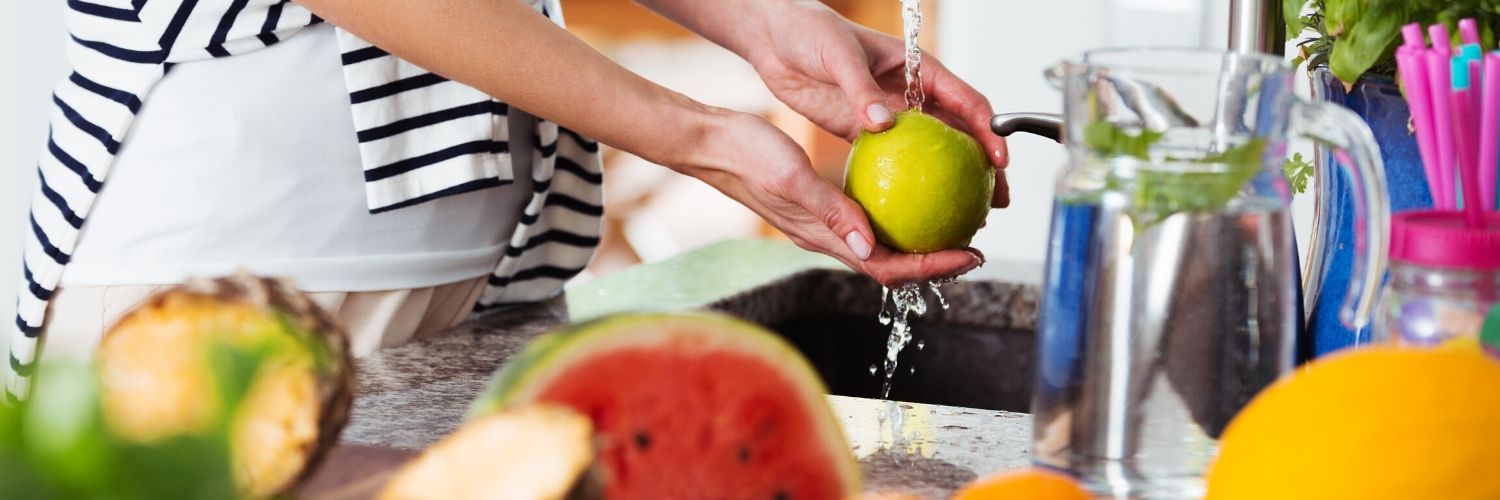The world has probably not seen the kind of clean it’s seen of late for a long time. But with every good thing, a caveat, it seems, has to be issued, in this, follow the labeling on cleaning products.
Why? The U.S. Centers for Disease Control (CDC) is reporting that the daily number of calls to poison centers increased sharply at the beginning of March 2020 for exposures to both cleaners and disinfectants as the country responded to the COVID-19 pandemic.
An adult woman who heard on the news to clean all recently purchased groceries before consuming them recently filled a sink with a mixture of 10% bleach solution, vinegar, and hot water, and soaked her produce. While cleaning her other groceries, she noted a noxious smell described as “chlorine” in her kitchen. She developed difficulty breathing, coughing, and wheezing, and called 911. She was taken to the emergency department by ambulance, was diagnosed with mild hypoxemia and wheezing. Luckily, the CDC noted, she improved with oxygen and bronchodilators, and she was discharged after a few hours of observation. Hers is just one case in several that have led to an increase in total calls to poison centers seen across the country, in all age groups.
However, exposures among children under age 5 consistently represent a large percentage of total calls (between 40-43 percent) in the 3-month study period for each year.
The increase in calls from 2019 to 2020 included 3,137 for cleaners and 4,591 for disinfectants, with bleach accounting for the largest percentage of the increase (1,949; 62.1%), followed by non alcohol disinfectants (1,684; 36.7%) and hand sanitizers (1,684; 36.7%).
Inhalation represented the largest percentage increase from 2019 to 2020 among all exposure routes, with an increase of 35.3 percent (from 4,713 to 6,379) for all cleaners and an increase of 108.8% (from 569 to 1,188) for all disinfectants.
In another case the CDC noted, a preschool-aged child was found unresponsive at home and transported to a hospital emergency room via ambulance. A 64-ounce bottle of ethanol-based hand sanitizer was found open on the kitchen table. According to her family, she became dizzy after ingesting an unknown amount, fell and hit her head. She vomited while enroute to a hospital.
Doctors found her blood alcohol level was elevated at 273 mg/dL (most state laws define a limit of 80 mg/dL for driving under the influence); but no traumatic injuries. She was admitted to the pediatric intensive care unit overnight, had improved mental status, and was discharged home after 48 hours.
“To reduce improper use and prevent unnecessary chemical exposures, users should always read and follow directions on the label, only use water at room temperature for dilution (unless stated otherwise on the label), avoid mixing chemical products, wear eye and skin protection, ensure adequate ventilation, and store chemicals out of the reach of children,” noted the CDC in its weekly Morbidity and Mortality report.



